3-Player Chess: A Strategic Twist on the Classic Game
Intrigued by the challenge of traditional chess? Take it to the next level with 3-player chess, a strategic variant that adds a whole new dimension to the game. We at ChessnBoards carry these multi player (3-4 players) chess sets. Please take a look at them.
Unveiling the Origins:
While the exact origin remains debated, the concept of multi-player chess stretches back centuries. Early versions emerged in ancient India and Persia. Modern 3-player chess gained recognition in the 1980s, with variations like the one by George R. Dekle Sr. utilizing a hexagonal board and standard chess pieces.

Objective:
- The goal remains the same: Checkmate the other two players' kings.
Gameplay Differences:
- Turn Order: Play typically proceeds clockwise, with white starting first.
- Movement: Most pieces move the same way as in classic chess. However, a Queen or Bishop crossing the center of the board diagonally will change square colors. Pawns in the center rosette (central hexagonal area) can capture diagonally in three directions.
- Castling: Castling remains an option, but may involve navigating around other pieces due to the board layout.
- Promotion: Pawns reaching their fifth rank gain the ability to move and capture in any direction orthogonally (straight lines) and diagonally. They can promote on any of the opponent's back ranks or the furthest rank directly opposite them.
- Stalemate: A stalemated player loses their turns but remains vulnerable to checkmate and piece capture.

Strategic Considerations:
- Positioning: Controlling the center is still important, but players also need to consider the balance of power between opponents and position pieces to exploit weaknesses and defend from multiple directions.
- Alliances: Forming temporary alliances can offer advantages, but also carries the risk of betrayal. Players need to assess potential allies and weigh the risks and rewards of cooperation.
- Long-Term Planning: Maintain a long-term perspective and formulate cohesive plans that align with your goals, whether it's a swift checkmate or positional dominance.

Overall, 3-player chess adds complexity by introducing:
- A larger board with a central area requiring strategic navigation.
- The possibility of alliances and betrayals.
- The need to manage threats from multiple opponents simultaneously.
Challenges and Opportunities:
The complexity of managing multiple opponents presents a challenge, but also fosters creativity and strategic thinking. Here's what to expect:
- Balancing Offense and Defense: Be vigilant on all fronts, anticipating threats while seeking opportunities to exploit weaknesses.
- Dynamic Gameplay: Shifting alliances, unexpected twists, and unconventional tactics create a unique environment for strategic improvisation.
Conclusion:
3-player chess is a testament to the enduring appeal and adaptability of chess. It offers a fresh perspective on the game, challenging players with new rules, complex alliances, and multi-opponent maneuvering.
Ready to embark on this strategic adventure? Gather your allies, sharpen your mind, and conquer the 3-player chess frontier!
FAQs:
- Tournaments and Championships: While not as widespread as traditional chess, online communities and platforms host tournaments for 3-player chess enthusiasts.
- Suitable for All Levels: The additional complexity might be challenging for beginners, but practice and perseverance can lead to improvement.
- Forming Alliances: Yes, temporary alliances can be formed for mutual benefit, but be cautious of potential betrayals.


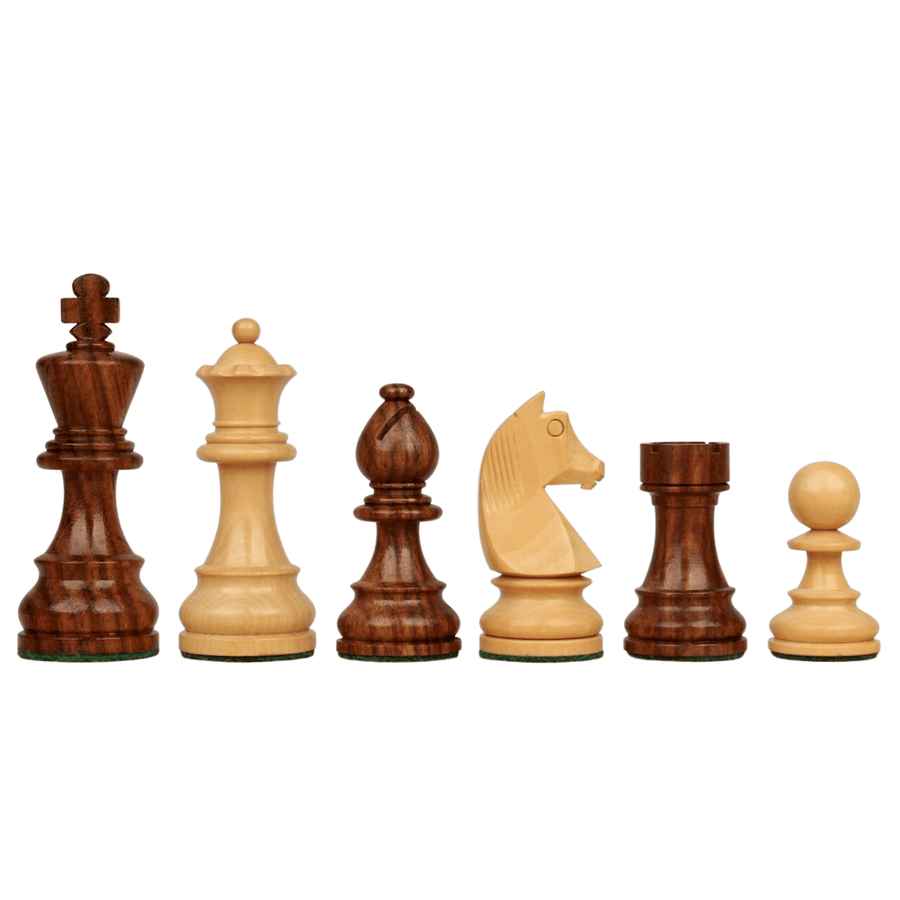
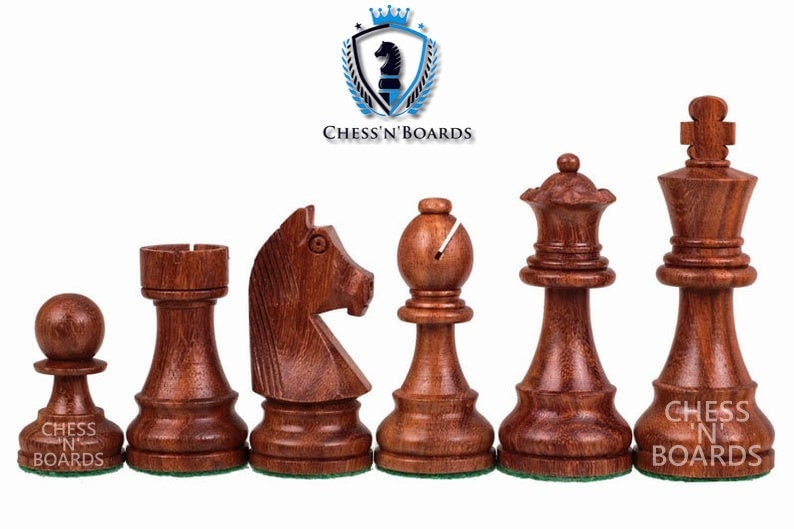
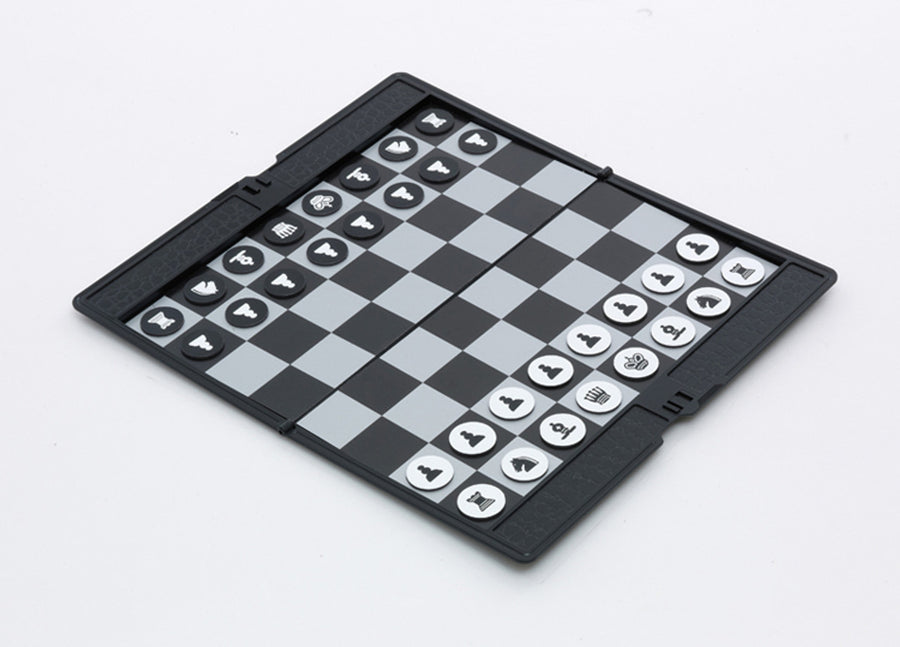
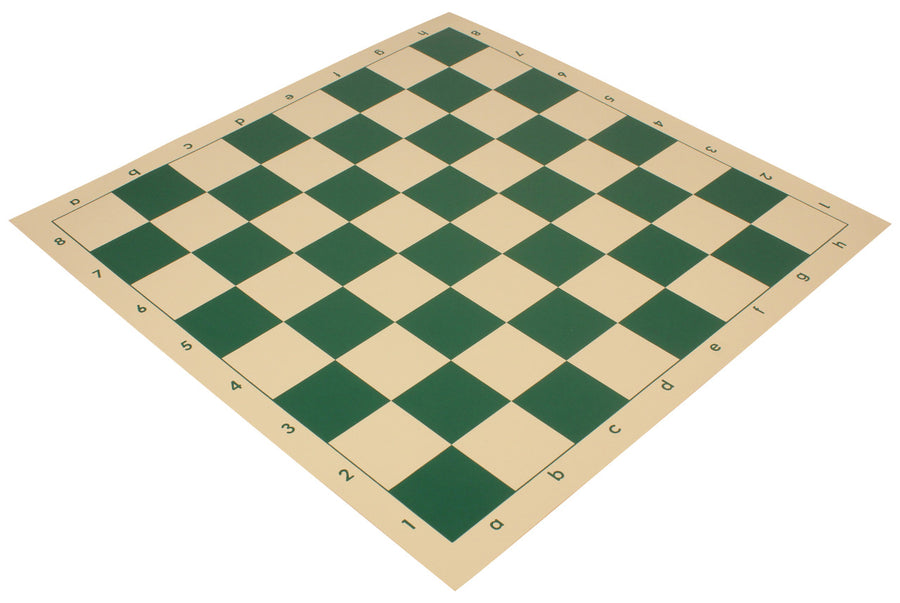
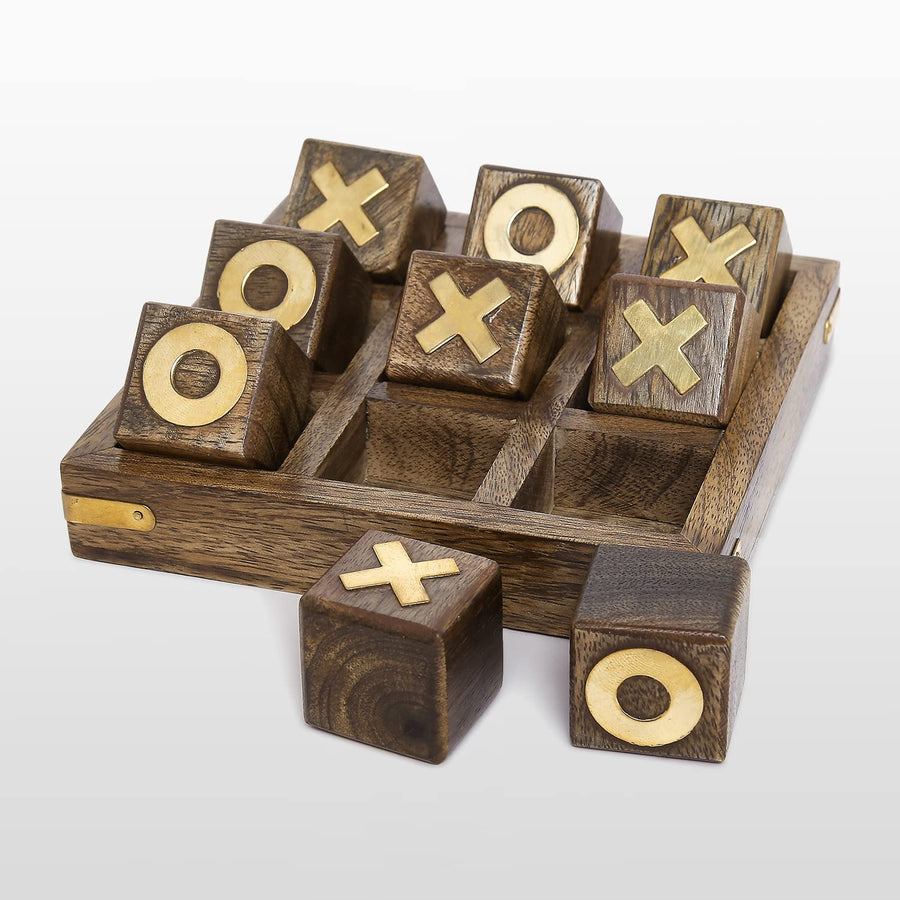

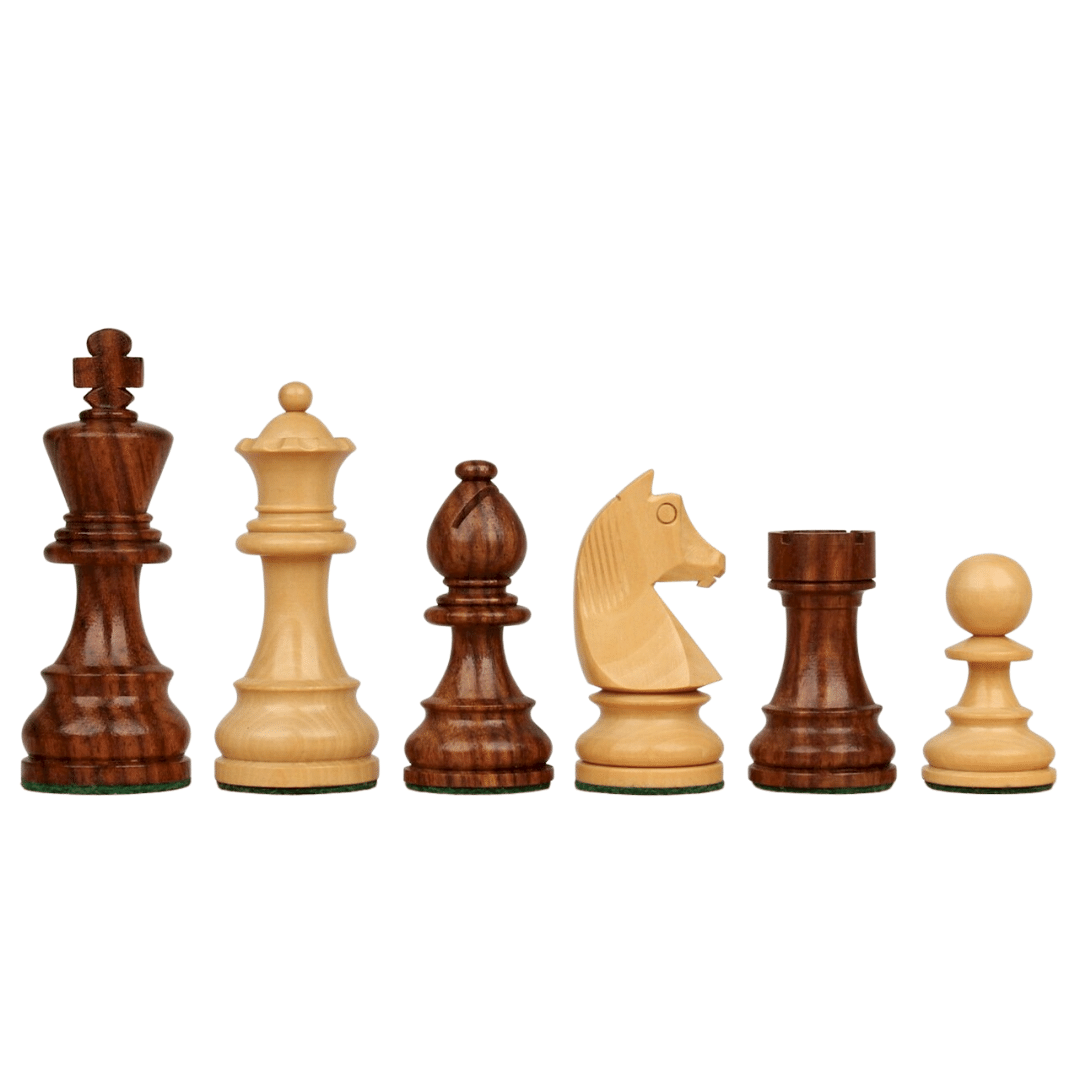
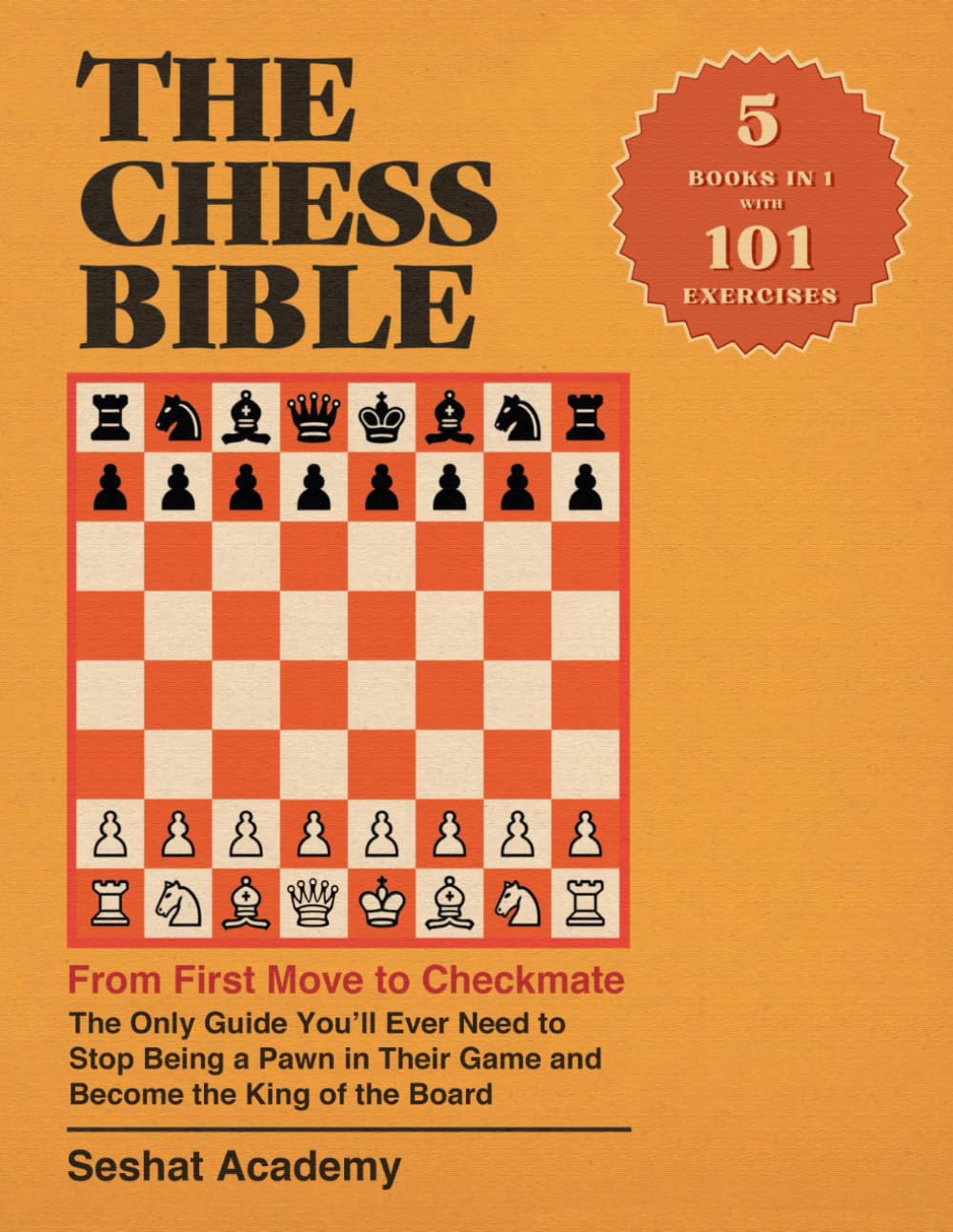
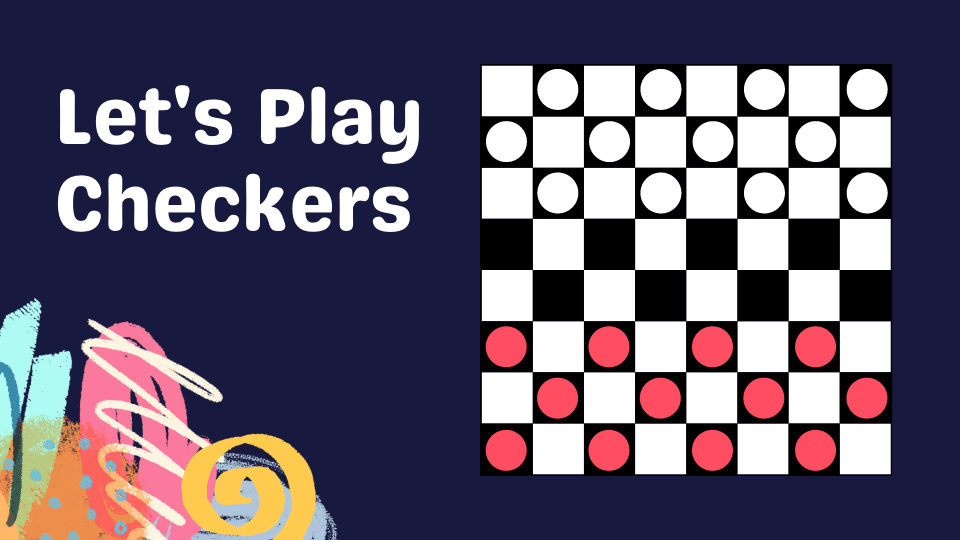
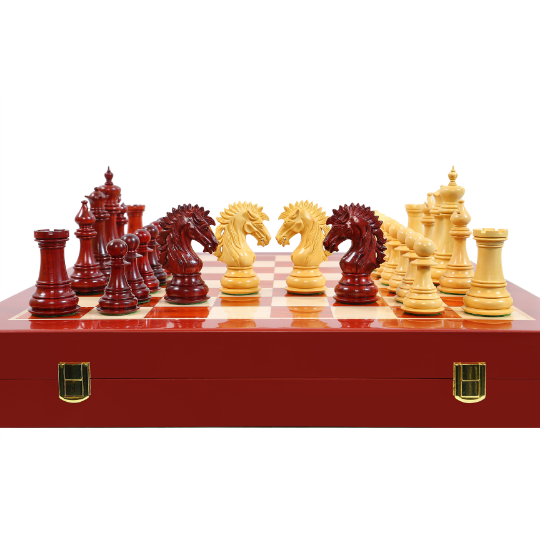
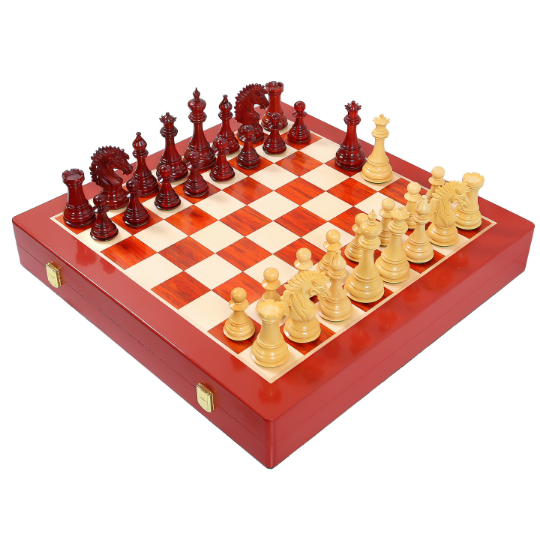
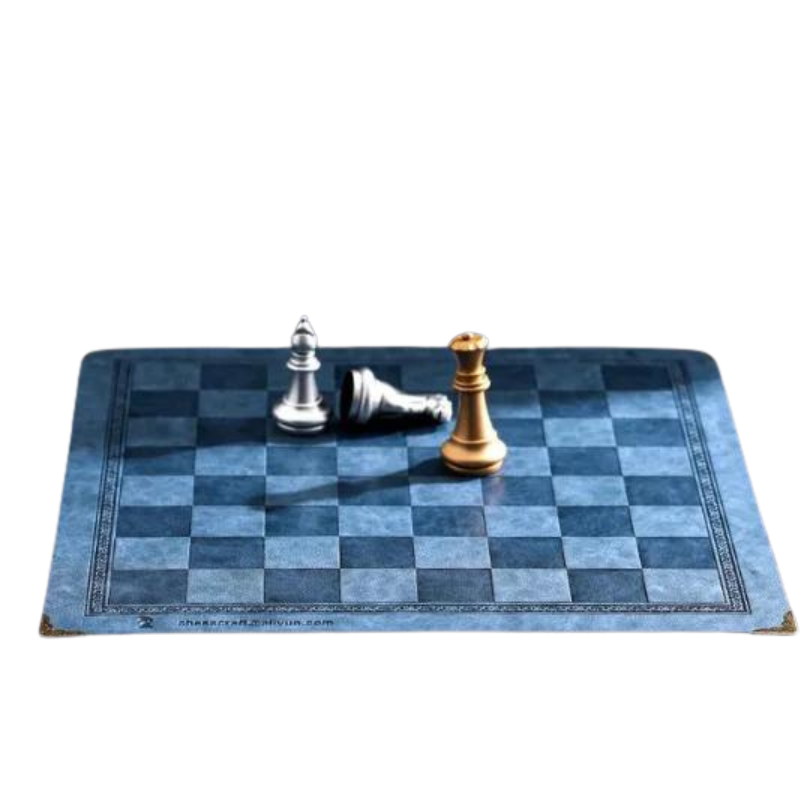



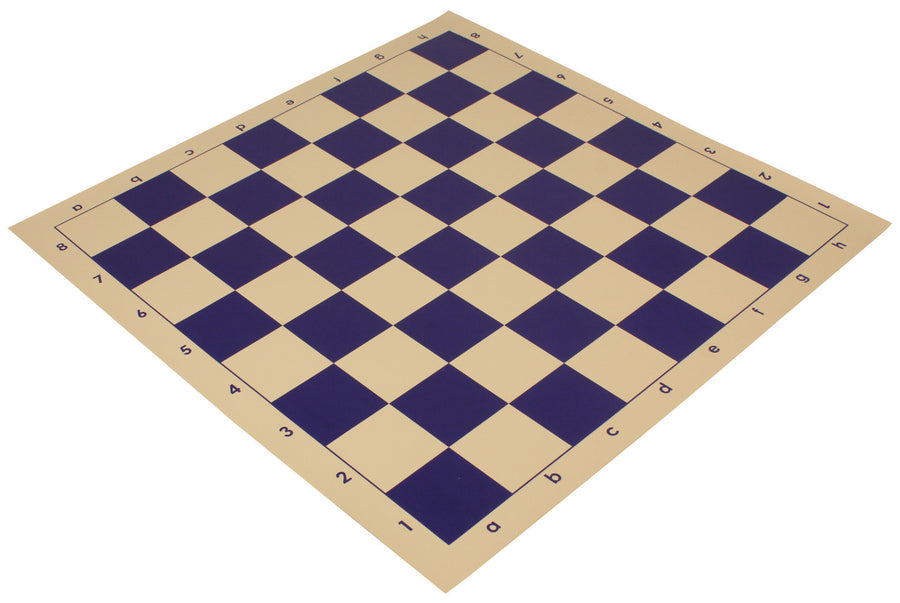
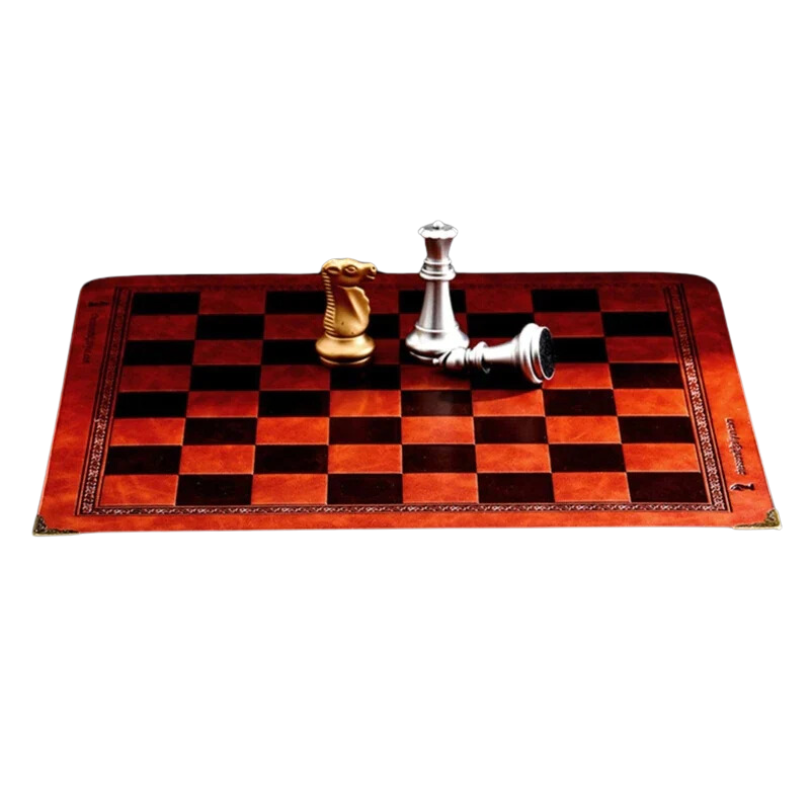

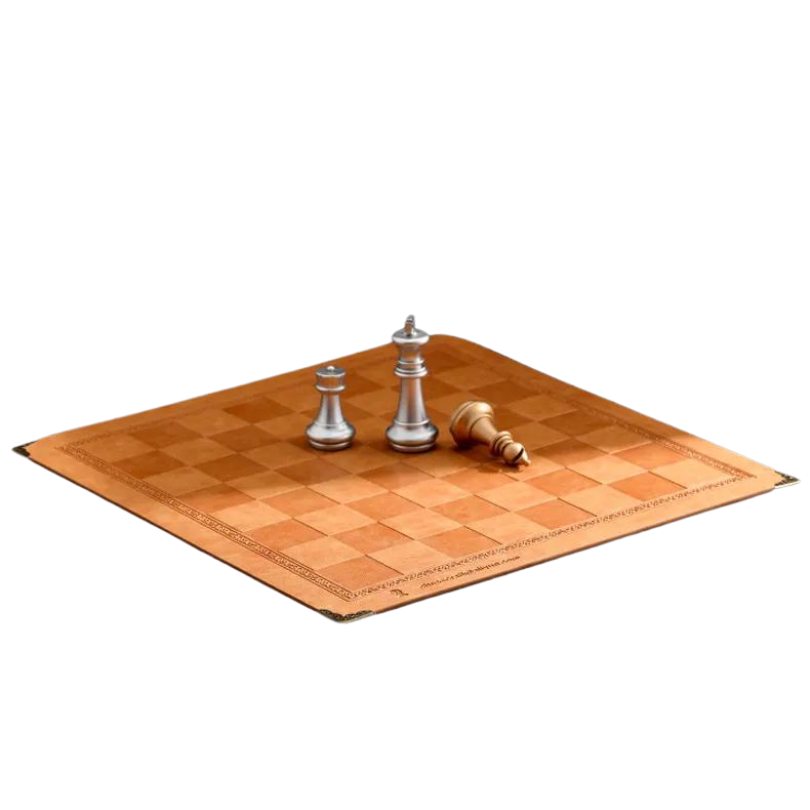

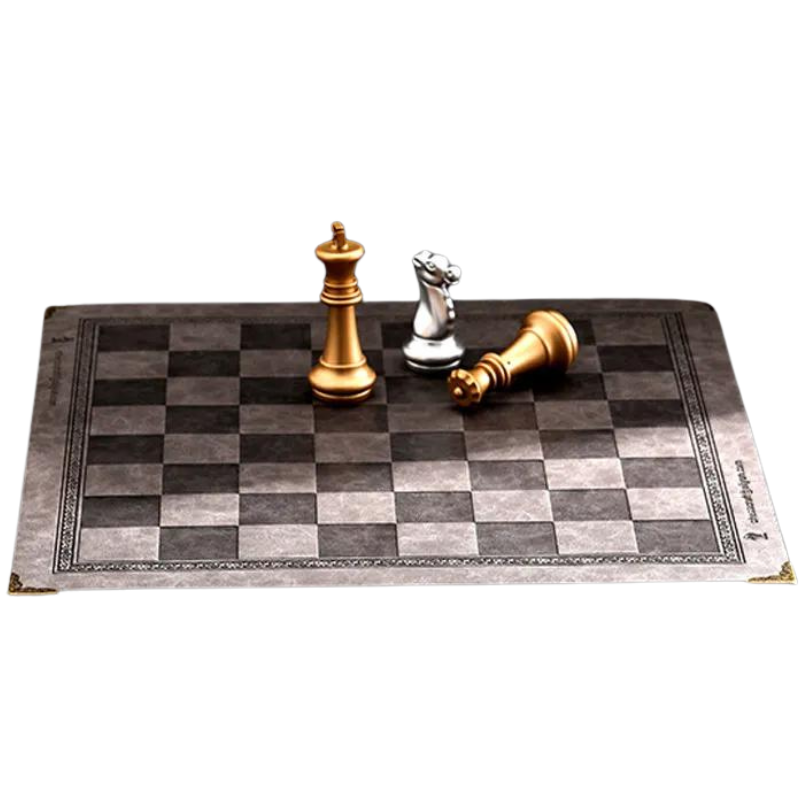









Laissez un commentaire